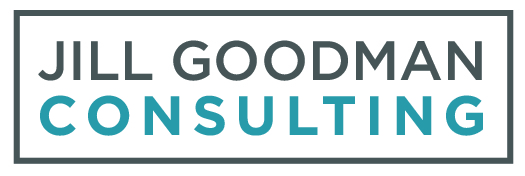How Do You Talk About the Annual Fund?
At its most basic, the annual fund fills a gap in the operating budget. Most independent and private schools don’t charge enough tuition to cover the cost of operating the school. As some schools increase their commitment to equity and accessibility, the gap in funding financial aid grows wider.
Some boards increase tuition beyond the capacity of most families to offset the increasing costs of running the school. Others reset tuition to better align with their community or neighborhood, thereby increasing enrollment. While tuition resets have been successful, they don’t eliminate the need for fundraising.
For a long time, schools openly discussed this gap in the operating budget and that those who paid what was stated as full tuition were still receiving a discount. Those who could give more were encouraged to do that and receive a tax benefit for those extra dollars. Some still talk about the gap, but the tax laws changed in 2018 and may change again by the end of 2025. At best, that ask is not very compelling. At worst, it indicates to your community that you cannot manage your budget.
In the 2023 CASE InsightsSM on Philanthropy in Independent Schools Report (in partnership with NAIS), we see that overall giving to independent schools is down by 14.3%, with 74.3% of gifts given by 2.3% of donors. Further, just 27% of gifts were given for unrestricted operating expenses, with the rest being given to support building and other specific projects, as well as endowment.
With just these few statistics and years of working with independent school leaders on development projects, here are my calls to action:
· Stop talking about the gap and start talking about your incredible program.
· Fund the operating budget and enhance your school’s offering by creating opportunities to restrict gifts that support the ongoing budget for parts of the program.
· Create mini-campaigns for specific areas of need that bolster your school’s enrollment drivers.
· Shift your focus away from transactional events and participation metrics and toward identifying, cultivating, stewarding, and creating genuine alignment with major and leadership donors.
School leaders are now faced with big dreams and complicated realities due to strategic planning initiatives. Those dreams and realities are unique to your school, but the need for funding to bring them to fruition is universal. Let’s talk about new ways to address your new reality.
The author, Jill Goodman, is a consultant working with independent school leaders to advance their school’s mission, enhance their processes, and bolster their skills. Learn more about all services here.


